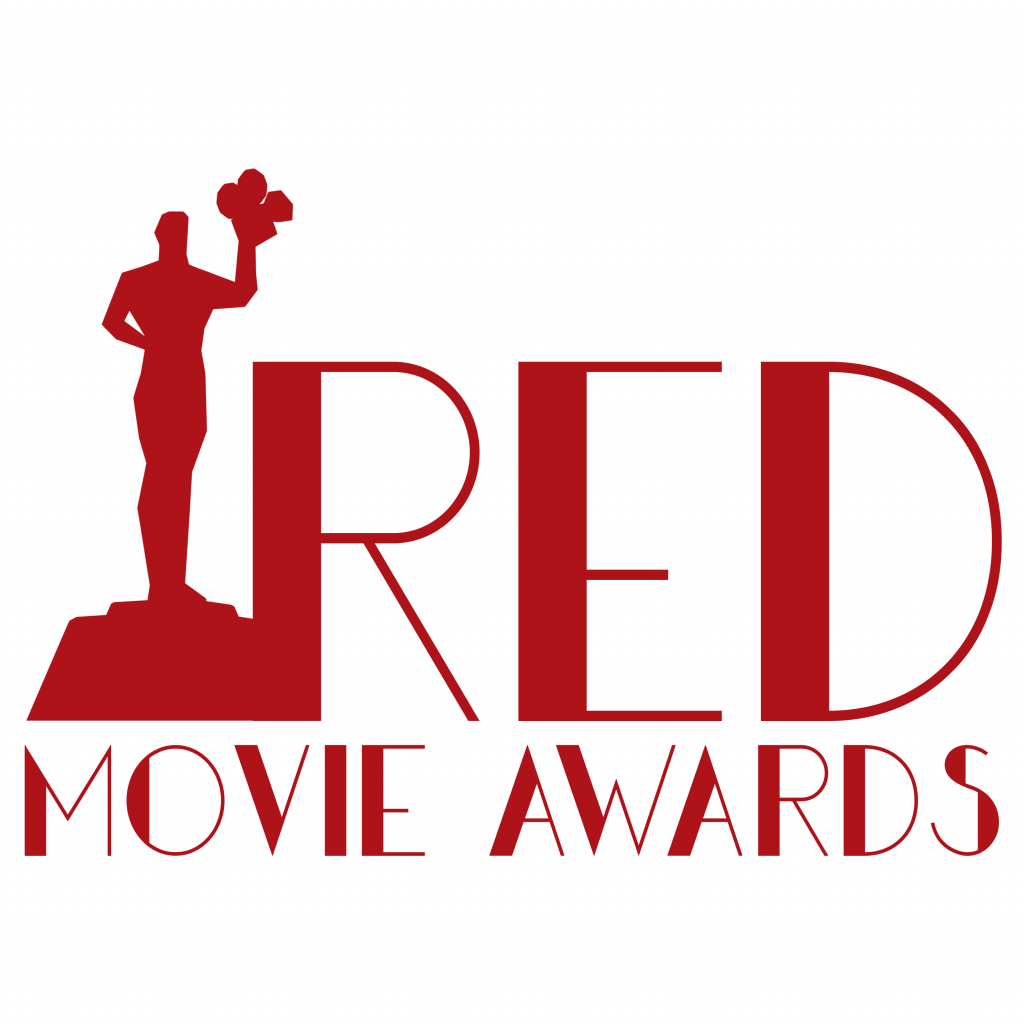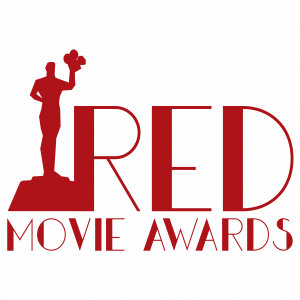THE INTERVIEW
April, 2025
MARCO GENTILI
DIRECTORS OF AURUM
BEST SCI-FI
Marco, tell us a bit more about yourself. Where does your desire to be a director come from?

What is your background?

What were your reference for Aurum?

Marco, you won Best SCI-FI at the RED Movie Awards, what does that mean to you?
My greatest satisfaction was to achieve this important milestone together with those who became my brothers and sisters, during the production process, starting from the members of 301 Filmont (Letizia Fabbri, Camilla Rabitti, Alessandro Canini and Federico Colicchio), until all the actors (Aurora Emanuele, Elena Rossetto, Mattia Santolini and Gabriele Vincis), the composer Christian Di Benedetto, the professionals, the guys from Arkadia Studios, all the creatives who followed the production until the realization of the short movie. Cinema is a collective art form, that’s way if people are not satisfied, it makes no sense to celebrate. This important milestone represents a hope for all those who, like me, love science fiction and fantasy movies.

Your film explores the fascinating idea of a sect bringing Cagliostro’s legendary elixir to
life. Can you tell us more about the rivalry between the brothers and what’s at stake for the
one who ultimately receives the elixir?
We also notice a rather marked homage to film noir, explain this choice of aesthetic to us.

What was the biggest challenge in this shooting?

Do you have an anecdote to share with us in particular?

What is your next project?

